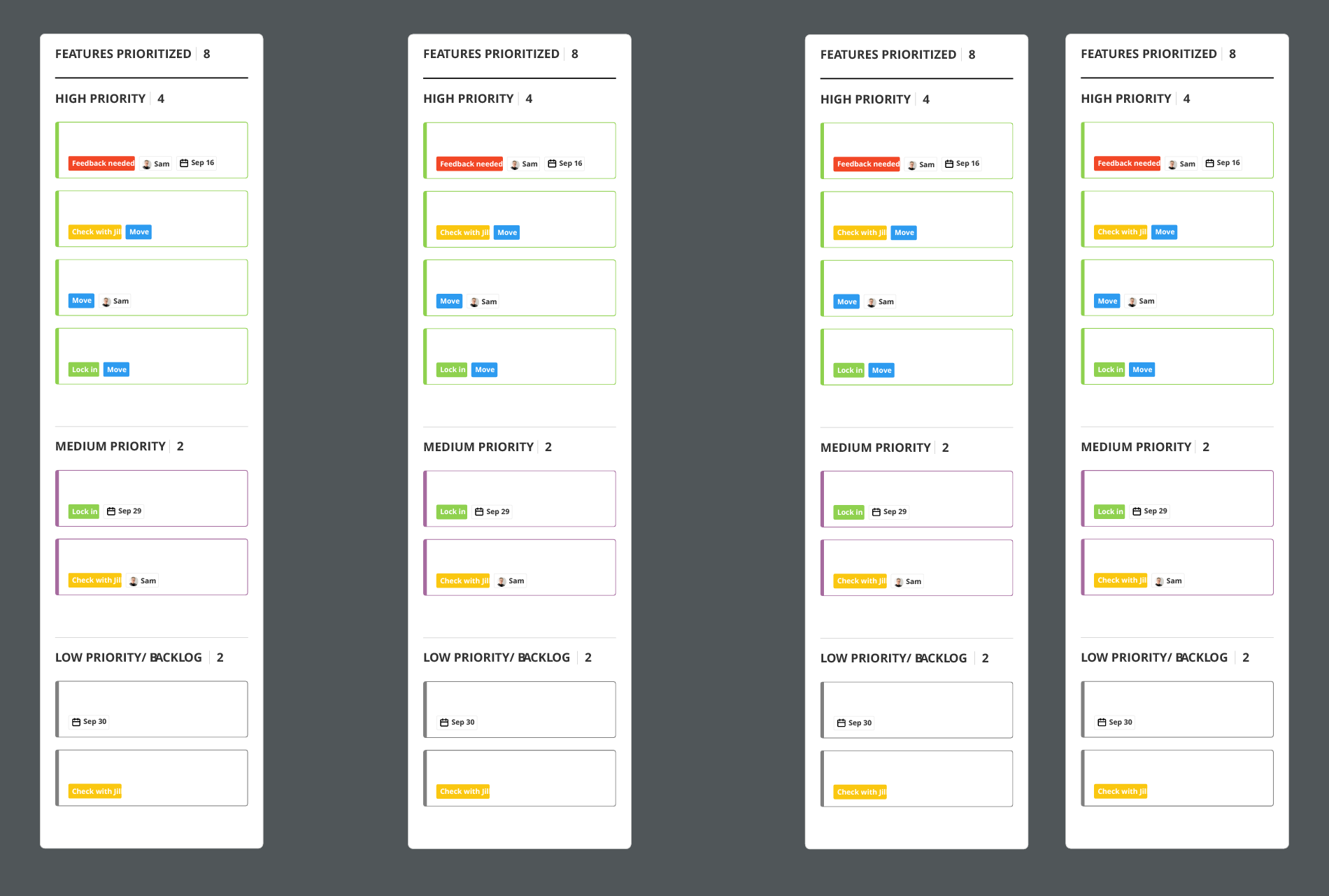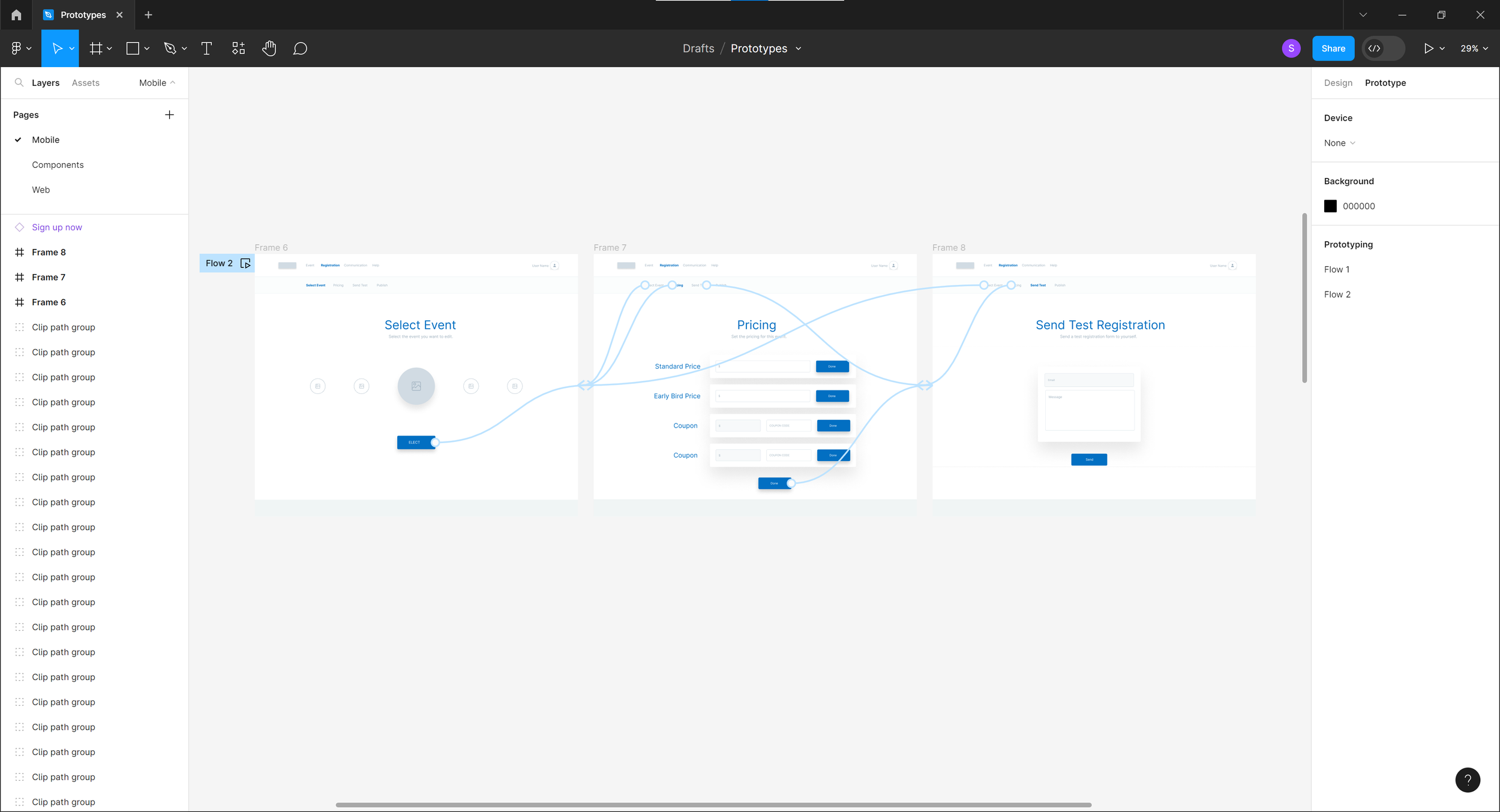Co-creating a New Human-centric Product
Challenge
A well-established digital product company was ready to undertake a complete redesign and rebuild of one if its flagship membership platform.
A key consideration was to move this client away from a features-centered view driven and toward a human-centered strategy informed by end users and the real world they operate in.
My role
My role was to ensure that the new product would be relevant, intuitive, and designed around the user. I helped shape, plan, and lead the project and managed a small team of experience designers; other team members included an engineering manager, business designer, business lead, and project manager.
Outcome
The project successfully delivered a detailed design for a new platform grounded in users’ preferred experience which will provide significant differentiation in the space. The design was handed off to the client’s development team.
BUSINESS STRATEGY & VALUE PROPOSITION DESIGN
Design a compelling business strategy and value proposition for a new system.
STAKEHOLDER RESEARCH
Interviews with internal project stakeholders to clarify the opportunity and define successful outcomes.PROJECT AND STAKEHOLDER ALIGNMENT
Define project expectations with the team and key stakeholders and align on a shared understanding of the project’s strategy.
STAKEHOLDER MAP
Diagram the project stakeholders, their roles, and their relationship to one another, focusing especially on unseen power relationships.
USER EXPERIENCE RESEARCH: STAFF
Group sessions held with the client’s staff to better understand their jobs, pains, gains, motivations, perspectives, and behaviors to inform the solution.
USER EXPERIENCE RESEARCH: CUSTOMERS
Research with current customers to understand and visualize their jobs, pains, gains, needs, motivations, and behaviors to help shape the solution.
PERSONAS
Expand a set of user profiles that represent the most important user segments.
IDEATION SESSIONS AND PRIORITIZATION: STAFF
Generate concepts with the client’s staff for a new preferred user experience. Prioritize ideas ideas based on value and feasibility.
IDEATION SESSIONS AND PRIORITIZATION: CUSTOMERS
Workshop with current customers to gather insights for a new user experience. Prioritize ideas ideas based on value and feasibility.
CURRENT / FUTURE STATE JOURNEY MAPS/ BLUEPRINT
Map the end-to-end preferred experience highlighting critical experience touchpoints.
KEY SCENARIOS
Tell the key user scenarios at both the emotional and functional level to keep the project focused on the human dimension of the experience.
FLOW DIAGRAMS
Map the user experience through the system to show stakeholders and to provide developers the overall experience structure.
SKETCHES/ WIREFRAMES
Sketch and wireframe potential screen layouts to aid in refining the concept and for use in dialog with UI designers and developers.
BACKLOG / FEATURES DEFINITION
Define the features that will serve as the building blocks for the new system and rank by priority.








